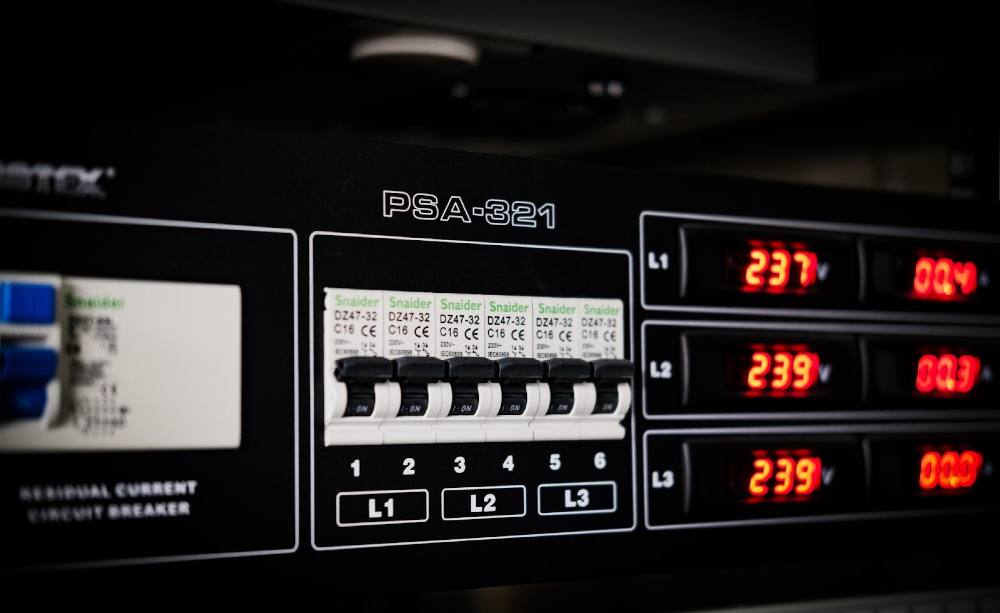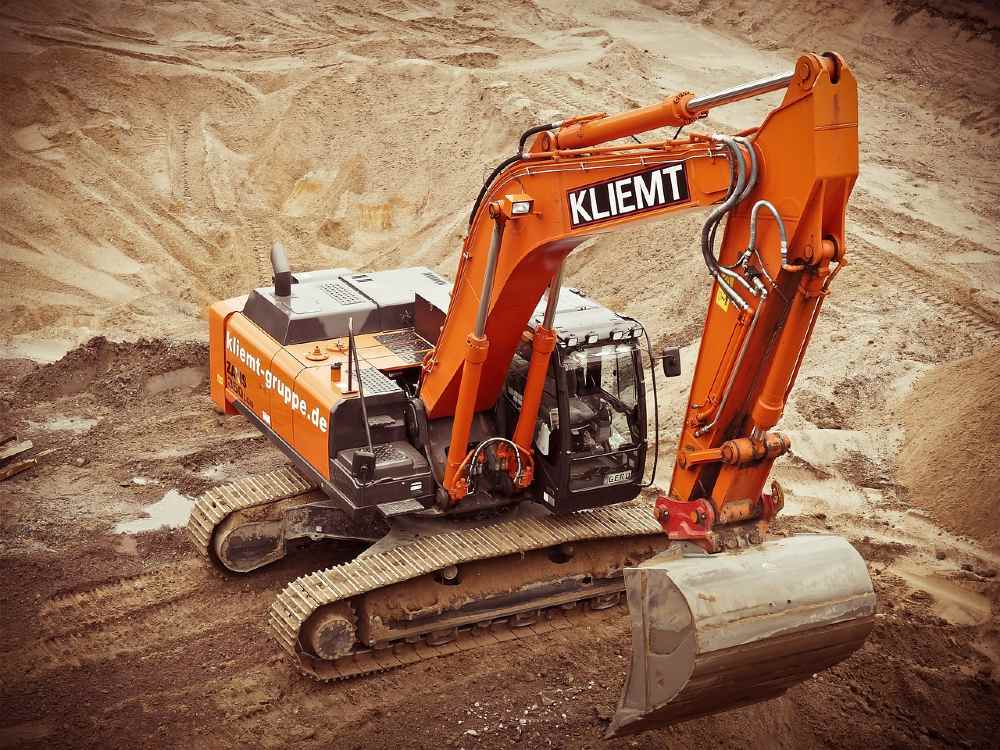Power conditioning technologies have emerged as critical components across various industries in an era where energy efficiency and sustainability are paramount. These advanced solutions enhance the reliability of electrical systems and contribute to significant cost savings and reduced environmental impact.
As industries evolve and the demand for high-performance energy solutions grows, understanding the top power conditioning technologies becomes essential for businesses looking to stay competitive. This article will explore the top power conditioning technologies used in diverse industries and their benefits.
Uninterruptible Power Supply (UPS)
Uninterruptible Power Supply (UPS) is a popular power conditioning technology that provides backup power during outages or voltage fluctuations. UPS systems consist of rectifiers, batteries, and inverters, ensuring a continuous flow of clean, stable power to connected equipment. They protect against surges, spikes, noise, sags, and blackouts, making them essential for industries like healthcare, data centers, telecommunications, and manufacturing.
Modern UPS systems offer features like remote management, energy monitoring, and intelligent battery management, making them versatile and efficient for power conditioning. This power conditioning equipment comes in various types, including offline/standby, line-interactive, and online/double-conversion UPS, each providing different levels of protection and efficiency. Their versatility and reliability make UPS systems essential for diverse industries.
Power Factor Correction (PFC)
PFC is a crucial power technology that boosts electrical system efficiency by improving the power factor, the ratio of real power to total apparent power in a circuit. A low power factor shows poor energy use, often due to inductive loads like motors and transformers, causing higher energy costs and infrastructure strain. PFC uses capacitors or synchronous condensers to minimize the phase difference between voltage and current.
Correcting the power factor helps industries lower energy bills, reduce demand charges, and minimize losses in the electrical distribution network. Additionally, PFC supports environmental sustainability by cutting overall energy consumption and reducing the carbon footprint. Industries like manufacturing, commercial facilities, and data centers increasingly use PFC systems to boost energy efficiency, comply with regulations, and support sustainability initiatives.
Harmonic Filters
Harmonics are voltage or current waveforms multiples of the fundamental frequency, often caused by non-linear loads like variable frequency drives, computer power supplies, and LED lighting. They can cause issues such as equipment overheating, reduced efficiency, and distorted waveforms, affecting electrical system performance. Harmonic filters inject counteracting waves to absorb or neutralize these harmonics.
There are two primary harmonic filters: passive filters, made of inductors, capacitors, and resistors, and active filters, which use electronic controls to adapt to changing harmonic levels. Implementing harmonic filters improves the reliability and efficiency of electrical systems, cuts energy costs, and extends equipment lifespan. Additionally, harmonic filtering is crucial for meeting standards like IEEE 519, which regulates harmonic emissions.
Surge Protection Devices (SPDs)
SPDs are crucial for shielding sensitive equipment from voltage surges due to lightning, switching events, and other factors. They act as the first line of defense by redirecting high currents away from connected equipment, preventing damage or downtime. Typically installed at the service entrance or individual panels, they offer reliable protection against transient overvoltages.
SPDs protect against surges and can also reduce radio frequency interference (RFI) and electromagnetic interference (EMI), which can disrupt sensitive electronic equipment. By investing in quality SPDs and implementing proper grounding practices, industries can protect their critical equipment from costly damage and ensure continuous operations.
Isolation Transformers
Isolation transformers are power conditioning technologies that provide electrical isolation between input and output circuits, offering several benefits for diverse industries. These transformers protect equipment from voltage surges, eliminate ground loops and noise, and mitigate the effects of transients. Moreover, due to their galvanic isolation properties, they can protect against electric shock hazards in industrial environments.
Industries such as healthcare, manufacturing, telecommunications, and data centers rely on isolation transformers to ensure reliable operation of sensitive equipment. They also play a crucial role in meeting safety standards and regulations set by bodies like the National Electric Code (NEC).
Dynamic Voltage Restorer (DVR)
DVR is an advanced power conditioning technology that provides real-time voltage regulation and correction. It works by continuously monitoring the voltage at the load and injecting a controlled amount of reactive power to maintain a stable voltage level. The DVR can quickly respond to fluctuations, sags, and swells in the system, making it suitable for industries with critical loads, such as semiconductor manufacturing, medical facilities, and data centers.
DVRs ensure a stable voltage supply within acceptable limits, protecting sensitive equipment from damage and downtime caused by voltage variations. They also contribute to significant cost savings by reducing energy consumption and improving efficiency.
Integrating advanced power conditioning technologies is crucial for industries striving to achieve energy efficiency, reliability, and sustainability. Adopting the abovementioned solutions will become increasingly important as businesses rely on complex electrical systems.
These technologies safeguard sensitive equipment, optimize energy usage, and support regulatory compliance and environmental goals. By prioritizing power conditioning, industries can enhance their operational resilience and pave the way for a more sustainable future.




